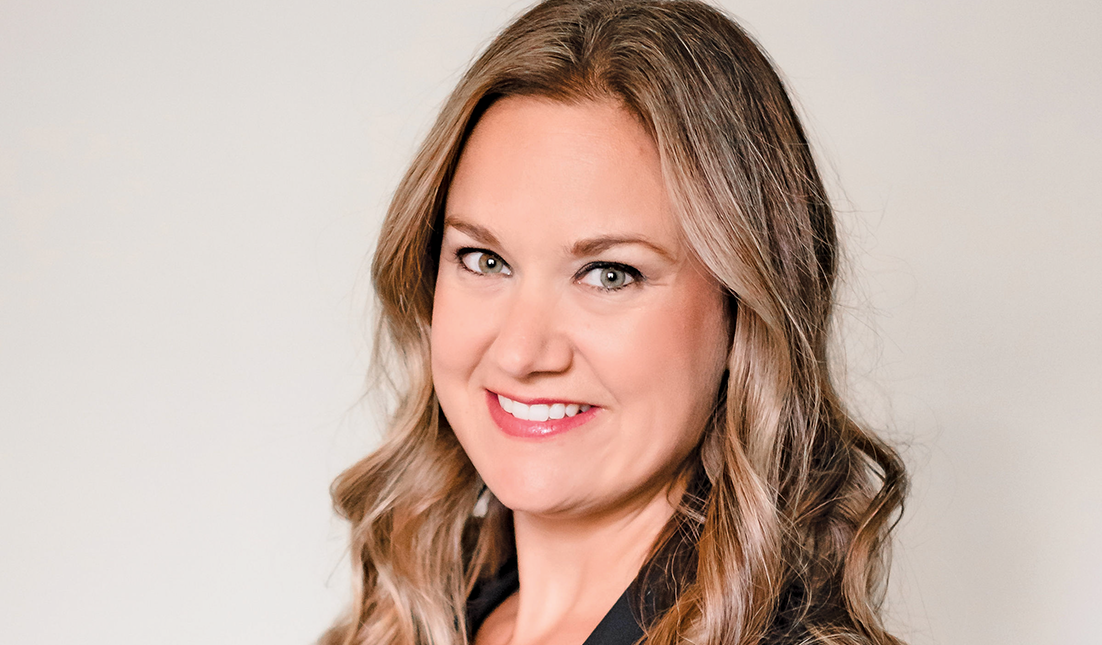Innovation is not a new color

By Mark Overbye
Confusing innovation with novelty can be lethal. When I started Gekko Boats years ago there were plenty of daily reminders that we swam in a pool filled with sharks. A young company in a capital intensive, seasonal and cyclical business meant continually sharpening our knives. Committed to our craft, we eagerly showed up.
When Toyota entered the tow boat business a shockwave rippled through the industry. Yikes! A behemoth came to crush us! Despite a huge marketing war chest and hiring great talent, Toyota couldn’t buy a pedigree and they ran off like scalded dogs. Fluff doesn’t hold a candle to substance.
We thrived at Gekko, because we had an innovative hull design that slalom skiing purists loved and the boat was fun to drive. It also helped that we walked the walk and carved a niche, being a rebellious young team evidencing their love of sport through products with remarkable performance that looked cool.
Innovation solves problems in unique ways; novelty is lipstick. Thinking of the tech business, every year Apple continues to introduce products that make life better. Microsoft is still rebranding their tired Office products developed years ago. One is sleek and fresh, the other is stale and pale. Contrast their different marketing conversations:
“Let’s show how these new AirTags will help people find their lost stuff.”
“What color should we put on the 114th version of Word, blue again?”
Let’s be clear, Microsoft is doing just fine. But don’t look to them for innovations like those launched by their competitor recently.
Parked on a Mississippi River overlook near Quincy, Ill., Elmer Wavering and William Lear sat with their girlfriends enjoying a summer sunset. One of the women remarked that enjoying their favorite music would complement the mood. Except that it was 1929 and car stereos didn’t exist.
Motivated by romance, Wavering and Lear leaned on their radio operating skills learned in the Navy during WWI to find a car radio solution. Tinkering with a home radio, they created a workable car radio. Their selling attempts caught the attention of Paul Galvin, a manufacturer of electronics who understood AC and DC power systems.
Wavering and Galvin struggled in the beginning but ultimately found success in 1933 when Ford began offering their car radio as an option. They gained more traction in 1934 when BF Goodrich began selling their car radio in the chain of tire stores.
Push button tuning and continuous car radio improvements put the company on track to numerous advancements including police radios in 1936, the first hand-held two-way radio—the Walkie Talkie—for the US Army in 1940, the first TV set under $200 in 1947, the world’s first pager in 1956, and in 1969 their TV and radio technologies broadcast the first steps on the moon. Changing our lives forever, the company invented the first handheld cellular phone in 1973.
The company we know as Motorola today began nearly 100 years ago with the 5T71 radio designed to make a girlfriend happy. The next time you’re ripping down the freeway singing your heart out to your favorite song, perhaps you’ll recall how that came to be.
What happened to William Lear? Lear’s path also led to many innovations and more than 120 patents. Among them are the 8-track music player and numerous aviation inventions including radio direction finders for airplanes, the autopilot, airport landing systems and most notably, the Lear Jet.
Are you mastering a commodity or harnessing innovation?
That’s a key question every business operator needs to ask themselves. It’s a major mind shift, that fork in the road where you decide to solve problems in new ways or simply repackage what exists. Through this lens you form the bedrock of your business.
My friend, Don is thriving in a challenging retail world using customer engagement innovations resulting in happy customers. Karen and Ann operate a service business who innovate through processes that strip out the apprehensions and anxieties of accounting and financial reporting.
In my business, we’re focused on patent-protected, game-changing innovations that address the pain points of boat ownership. As hardcore users and market observers, we rebel against sameness in pursuit of the best possible experience. Accordingly, our game plan turns the typical axiom of selling what we build around to building what people want to buy.
Some companies don’t care about innovation, they’re happy simply being in the repackaging business. Steve Jobs famously believed, “Innovation distinguishes a leader from a follower.” Choosing to be an innovator is not easy. Giant potholes litter the freeway of innovation.And becoming familiar with failure is a big part of that equation. Falling down six times means getting up seven. But the unwritten mantra that fortune favors the fearless is etched in the mindset of leaders focused on innovation.
Regardless of what you do there’s room for innovation. It comes in many forms and the measuring stick is easy, did it improve a life?
Mark Overbye is the CEO of Anthem Marine, as well as the chairman of USA Waterski and Wake Sports Foundation. He is also the founder of Montara Boats and Gekko Sports.





Great article Mark! You nailed it…